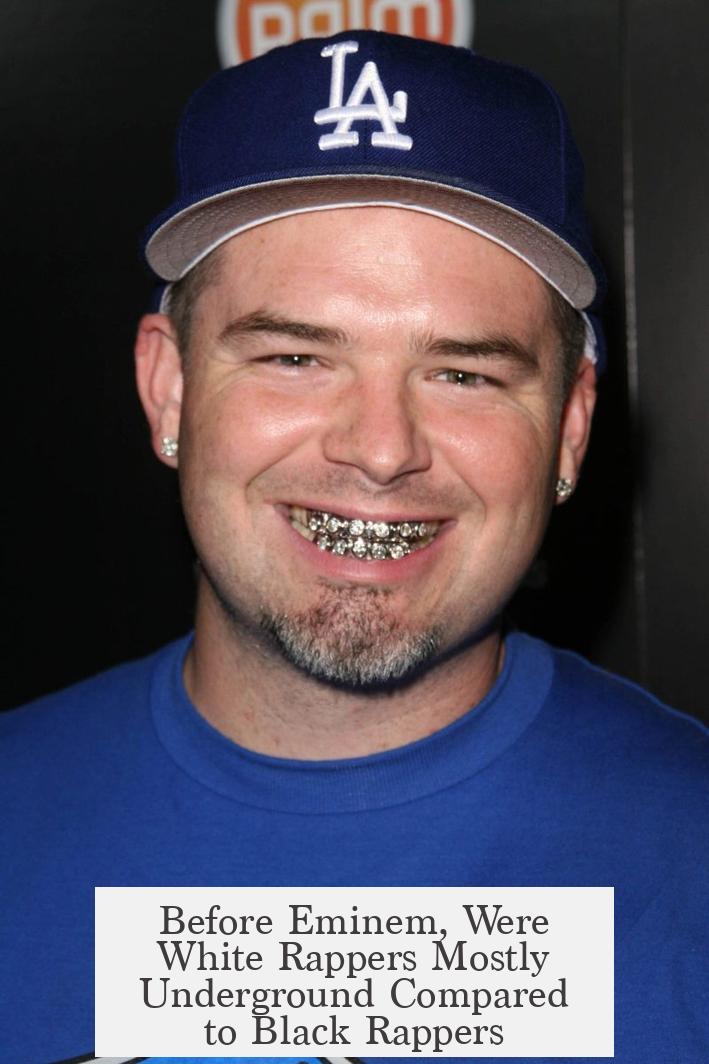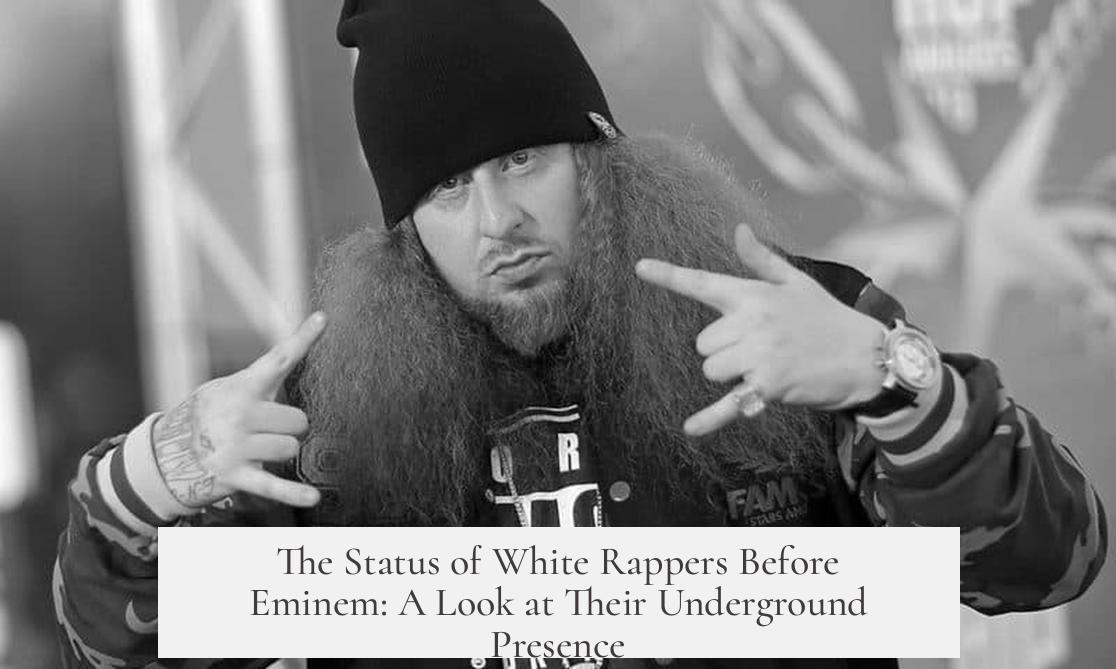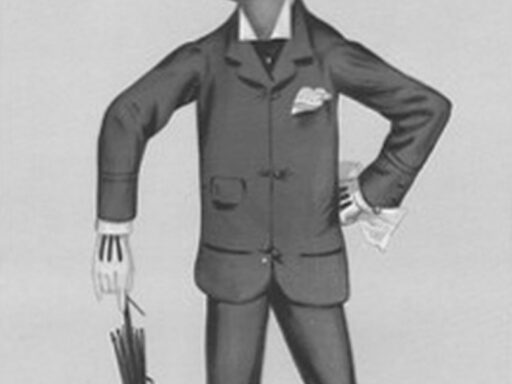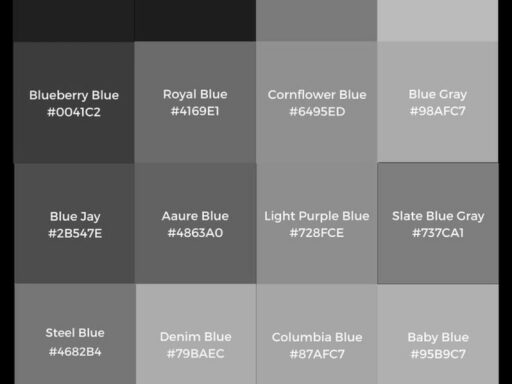Before Eminem, white rappers were not mostly underground compared to black rappers; some achieved significant commercial success well before his rise. Notable white rap acts gained national attention and charted on Billboard years prior to Eminem’s breakthrough in 1999.
The Beastie Boys stand out as a prime example. Their 1986 album Licensed to Ill hit the Billboard charts, making them one of the first white rap groups to reach major commercial success. Vanilla Ice also had a Billboard hit with “Ice Ice Baby” in 1990, and Marky Mark (Mark Wahlberg) had success with “Good Vibrations” in 1991. House of Pain’s “Jump Around” (1992) and Rappin Duke’s chart appearance as early as 1984 further illustrate that white rappers had already penetrated mainstream media before Eminem.
While these artists found commercial success, many other white rappers operated mostly underground before Eminem. Artists such as Aesop Rock, Atmosphere, Vinnie Paz, and El-P released respected albums between 1996 and 1997 but did not chart on Billboard or achieve mainstream success. Their music generally reached niche audiences and fit the traditional underground hip-hop category.
White rappers appearing around the time Eminem rose include Paul Wall and Chamillionaire (2002) and Bubba Sparxxx (2001). Though these releases came slightly later, they overlapped with Eminem’s early mainstream career. This continued presence demonstrates that white rappers existed across the commercial spectrum both before and after Eminem’s emergence.
Eminem’s influence on mainstream acceptance was significant as he became one of the most successful rappers ever. However, evidence does not support that he alone made white rap more mainstream. The diversity of white rappers remains consistent, with a mix of commercially successful, underground, and gimmicky artists both before and after Eminem. For example, acts like Macklemore, G-Eazy, and Mac Miller follow the mainstream path, while Action Bronson and Yelawolf stayed more underground.
Machine Gun Kelly represents a recent white rapper closely identified with Eminem’s style and persona, partly fueling a public rivalry. This shows how Eminem’s legacy impacts some artists individually, but not the overall mainstream status of white rap.
- White rappers achieved commercial success decades before Eminem.
- Many white rappers remained underground prior to Eminem’s rise.
- Eminem became a unique, highly successful white rapper but did not solely mainstream white rap.
- The variety of white rap artists before and after Eminem is similar in diversity and reach.
- Machine Gun Kelly is notably influenced by Eminem, unlike most other white rappers.
Before Eminem, Were White Rappers Mostly Underground Compared to Black Rappers?

Short and sharp answer: No, not really. White rappers were not just underground before Eminem burst onto the scene. Many found substantial commercial success years before Slim Shady dropped, proving the notion that white rappers were mostly underground before Eminem simply doesn’t hold up under scrutiny.
Now, let’s break it down. The idea that white rappers were invisible or underground before Eminem may come from the fact that Eminem’s impact was so seismic, many forget the landscape before him.
White Rappers who Broke Through Long Before Eminem
The Beastie Boys are perhaps the most obvious example of white rappers hitting the mainstream hard before Eminem’s time. Their debut album Licensed to Ill exploded onto the Billboard charts in 1986. That’s a solid 13 years before Eminem’s 1999 break. A record like this sold millions and showed the world that white rappers could be commercial heavyweights.
Alongside the Beasties came other notable figures. Marky Mark, aka Mark Wahlberg, landed a Billboard hit with Good Vibrations in 1991. Eminem himself even nods to Marky Mark in his lyrics, highlighting that white rappers had a presence before him.
Vanilla Ice, yes, the “Ice Ice Baby” guy, smashed charts in 1990, riding the wave of pop-rap crossover appeal. Then there was House of Pain, whose Jump Around reached #3 in 1992. Also, an interesting legend called Rappin’ Duke (Shawn Brown) charted top 100 in Billboard as early as 1984.
These artists collectively show white rappers were already commercially successful enough to be far from “underground.”
But What About the ‘Underground’ White Rappers?
Of course, there were white rappers who didn’t taste big commercial success before Eminem. Artists like Aesop Rock, Atmosphere, Vinnie Paz, and El-P fought for respect in the 1996-1997 period. Their albums received critical acclaim and built devoted fan bases. But none scored Billboard hits, which fits the classic underground rap mold.
So to answer the implied question — yes, there was an underground white rap scene. But it coexisted with commercially successful white rappers. The genres have always had layers, just like black rap.
White Rappers Emerging Around Eminem’s Rise
https://www.youtube.com/watch?v=lVuwds1FtCU
During and shortly after Eminem’s Slim Shady LP dropped in 1999, other white rappers like Paul Wall (with Chamillionaire in 2002) and Bubba Sparxxx (2001) came onto the scene. Their work often paralleled Eminem’s influence but wasn’t simply riding on his coattails.
This tells us the rap industry had varying types of white rappers before and just after Eminem’s advent, ranging from underground to commercially viable. Eminem’s rise didn’t suddenly create white rappers — he changed the game by skyrocketing in global fame, no doubt — but many were already in the mix.
Eminem’s Role in Mainstreaming White Rap

Does Eminem deserve credit for making white rap mainstream? The simple fact is white rap was already mainstream enough before him with Beasties, Marky Mark, and Vanilla Ice. No hard data supports the theory that white rappers were mostly underground until him.
That’s not to say Eminem’s impact wasn’t monumental. Few rappers — white or black — have achieved his level of success and cultural influence. He remains one of the most successful rappers ever, an undeniable superstar who broadened hip-hop’s global reach.
Interestingly, after Eminem, the diversity within white rap became even more noticeable. We see commercially popular artists like Macklemore, G-Eazy, and Mac Miller thriving alongside underground favorites such as Action Bronson, Yelawolf, and Necro.
This blend shows that, just like before Eminem, white rappers occupy multiple niches: mainstream giants, underground legends, and yes, even gimmicks like Asher Roth or Lil Dicky, who bring out a whole different vibe.
Machine Gun Kelly: The Eminem Connection
One white rapper who arguably forged a career leaning heavily on Eminem’s style and persona is Machine Gun Kelly. His sometimes controversial approach and public beef with Eminem highlight a unique dynamic. MGK is a rare example where “being white” and “biting Eminem’s vibe” intertwine significantly.
This beef even underscores how Eminem’s influence shaped a new generation’s approach to white rap personas and battles within hip-hop.
So, Were White Rappers Mostly Underground Before Eminem?
In conclusion, it’s clear that white rappers had already established both underground and mainstream presence long before Eminem’s breakthrough. Yes, many were underground, but so were countless black rappers too. The difference in prominence wasn’t always based purely on race but on style, timing, and market trends.
Eminem’s arrival brought unprecedented success and visibility to a white rapper, but he did not invent mainstream white rap. Pioneer acts laid the groundwork. After Eminem, the scene diversified and expanded, highlighting that white rap’s story is complex and long-standing.
Next time someone says white rappers were locked underground before Eminem, feel free to pull out these facts. They show a rich history of white rapper success across multiple levels well before 1999.
Still curious? Why do you think Eminem’s story sometimes overshadows earlier white rap acts? Is it just about sales or something deeper in cultural impact? Drop your thoughts below!
Were white rappers mostly underground before Eminem’s rise?
No, some white rappers like Beastie Boys, Vanilla Ice, and House of Pain had commercial success before Eminem. However, many others were underground without Billboard hits.
Which white rappers charted before Eminem?
- Beastie Boys with “Licensed to Ill” (1986)
- Vanilla Ice (1990)
- Marky Mark’s “Good Vibrations” (1991)
- House of Pain’s “Jump Around” (1992)
- Rappin Duke charted in Billboard top 100 (1984)
Did Eminem make white rap mainstream?
Eminem became a hugely successful white rapper. Still, white rappers were already present in both mainstream and underground scenes. Their mix remained similar post-Eminem, though with increased volume.
Were there underground white rappers before Eminem?
Yes, artists like Aesop Rock, Atmosphere, and El-P released respected albums before Eminem but did not have Billboard hits, fitting the underground category.
How did Eminem influence other white rappers?
Machine Gun Kelly is an example of a white rapper influenced by Eminem’s style. This influence led to public beef but not a general shift for all white rappers.




